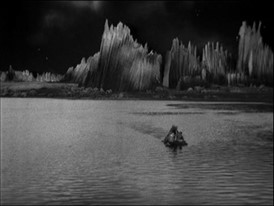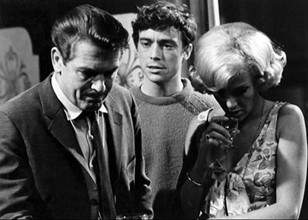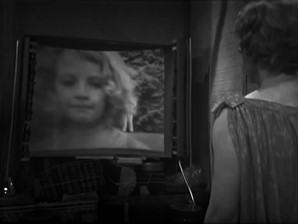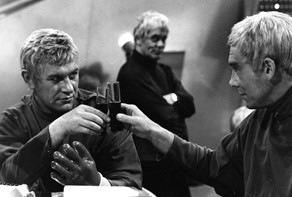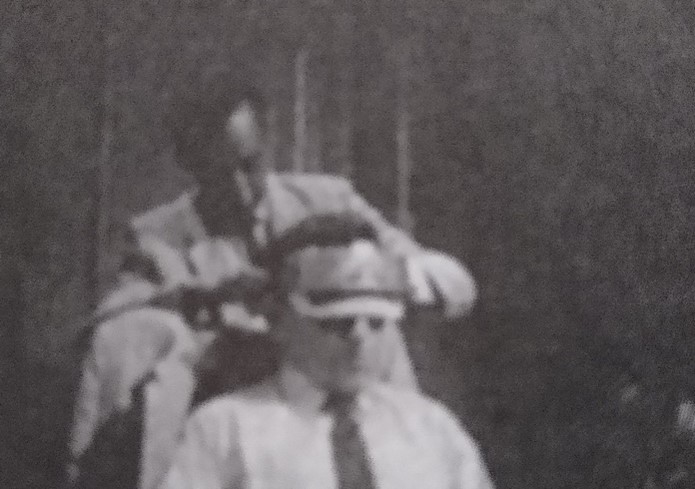
by Mx. Kris Vyas-Myall
Move over James Bond and John Steed, there is a new dashing science fictional spy on the scene. I am of course referring to the latest hit from the team behind Doctor Who: Adam Adamant Lives!

An old-fashioned Victorian swashbuckling hero, Adam Adamant is frozen by a masked supervillain and buried under London. After being found by a construction crew, he finds himself resurrected in the strange world of London in 1966. Teaming up with a young mod woman named Georgina Jones, they solve unusual crimes such as satanic aristocrats or a soap manufacturer drugging the nation with plastic flowers.
However, it is not just Adam Adamant who is returning from hibernation. An old science fiction magazine is returning to the print.
A Brief History of the British SF Magazine
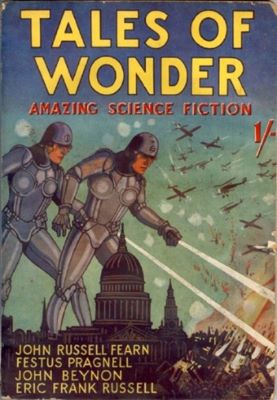
Unlike in the US, the UK did not have many SF specific publications before the war, with Walter Gillings' Tales of Wonder being a notable exception. After the war, Carnell, along with a group of other SF professionals, formed Nova publications and turned the former fanzine New Worlds into a professional magazine, beginning the market as we know it today.

As in America, during the magazine boom of the 50s there were numerous UK science fiction magazines but like their American counterparts these too disappeared as the decade wore on. When Scotland’s premier SF magazine Nebula finally went under in 1959, the UK market was only left with Carnell’s trio of New Worlds, Science Fantasy and Science Fiction Adventures. And when he decided to step away from them it looked like the British market might disappear.

However, recently this decline has been reversed. Whilst the US SF short fiction markets published around 750 pages of original fiction in July, the British equivalents managed around 450, for a country with only about a quarter of the people. Partially this is due to the continued success of New Worlds and Impulse, which have been able to go monthly and increase their page count. It is also due to other publications from the end of July; the latest New Writings anthology (which I will address shortly) and a new magazine entering the market, Alien Worlds.
The Former Fanzine

Much like the early New Worlds, Alien Worlds (previously titled Alien) was a British fanzine also featuring film details and some fiction. Last year at Eastercon, editors Harry Nadler and Charles Partington talked to various authors and artists about the possibility of a new professional fiction magazine with full colour illustrations. The result is the new Alien Worlds.
Alien Worlds: Semi Professional or Gifted Amateur?
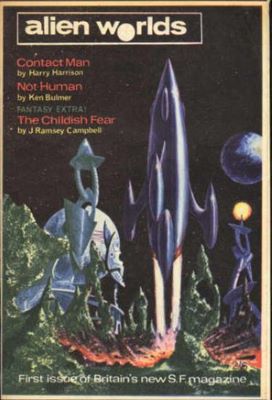
I think we need to take a brief moment to talk about the design of this. It is not in the pocketbook style we see in the other British publications, rather a stapled higher end fanzine with colour offset litho printing. The text also looks like it is hand-typed with the occasional mistakes you would expect from an amateur publication. Perhaps a new term is warranted. “Semiprozine”? Doesn't quite roll off the tongue…
Looking inside:
Editorial
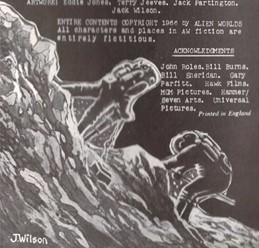
Here Partington and Nadler lay out their complaints of the SF magazine genre. Namely that whilst everything else “from women’s weeklies to ‘build up’ encyclopedias” use full colour illustrations, science fiction publications simply look dull. They hope that Alien Worlds will change that with exciting artwork throughout and therefore make the most use of science fiction’s potential. It is an interesting point, albeit the counter argument is that it costs a lot more to do full colour art and you have to sacrifice space that could be better spent on words. But, then again, if the saying is correct that a picture is worth a thousand words, is this not also economical? It is not an argument I have thought about in depth but is certainly an interesting gauntlet to lay down.
Contact Man by Harry Harrison

Harrison is probably the most well-known contributor to the magazine, recently for his satirical Bill the Galactic Hero. Here he gives us another take on the Starship Troopers style of militaristic SF.
Chesney was found guilty of rebelling against the Admiral-Emperor, the military dictator of Earth, and was given a choice, the death penalty or service in the military. Choosing to sign-up he is made a contact man, whose role is to find natives on new planets and exterminate their villages.
Compared to relative zaniness of Bill, Contact Man is truly brutal. It gives an Orwellian take on militarism, positing a future where the “kill or be killed” mentality is extended to where people’s choices are genocide or suicide.
Disturbing but very worthy. Four Stars
Ken Slater’s Book Column
Slater is a major British fan personality probably best known for being one of the co-founders of the BSFA and producing Vector’s regular column on bookselling, General Chuntering.
In this column, he spends some time stating that this is a “book review column” and laying out his disdain for the field of literary criticism. He holds that the reviewer should simply lay out the facts of the book, if they liked it and possibly why “without being deeply Freudian or whatever.” He then goes on to state that he enjoyed Dobson’s two recent publications, Interstellar 2.5 by John Rankine and New Writings in SF 9 (reviewed below), whilst giving reasonably detailed summaries of the books. Personally, I do not find his style of reviewing that useful as I would rather be surprised by the plot and instead know why the reviewer did or did not enjoy it in depth. But perhaps there are a lot of Ken Slaters out there?
Flash by Allan Asherman

A summary of the 1936 film serial Flash Gordon along with some set photos. I guess this might be useful for some as reference material if they have never seen the picture but, honestly, it feels superfluous.
Two Stars
Not Human by Ken Bulmer
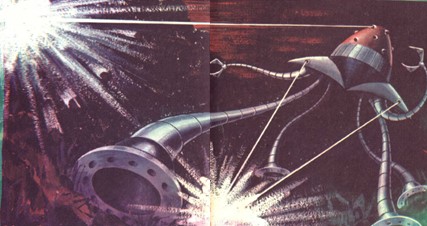
There is currently a major war between the Terrans and Reldans. Johnny Dent is crushed under a spaceship on the battlefield and will come to understand how far humanity needs to go to defeat the Terrans.
It is very curious they chose to put two such similar stories in the same issue. Of the two, this suffers in comparison to the Harrison. Not Human is over described, feeling less intense and bordering on pulpy.
Two Stars
1 Million Years BC
A small description of the upcoming film, two photos from it and (what I assume are) two pieces of concept art. Less an article and more an advertisement.
Two Stars
The Childish Fear by J. Ramsey Campbell

J. Ramsey Campbell is a new name to me, but he has apparently had several pieces published by Derleth’s Arkham House imprint. This story convinces me he is one to watch.
In 1960 our narrator begins to become fascinated with horror films, particularly those from Hammer. They spend much of their time going to see them, but they begin to be frustrated with the disturbances from the rest of the audiences. Is it just teenagers or something more sinister?
The fantasy elements are almost tangential to this, it is one of those horror tales where it could be all in the lead’s mind. However, that does not make it any less atmospheric or interesting. As someone else who loves watching Hammer Horror films, it is great to see this creepy take on the cinematic experience.
Four Stars
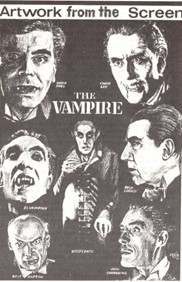
2001: A Space Odyssey
2001: A Space Odyssey is probably the most anticipated science fiction film at the moment, scheduled for release in early 1967 (whilst the book is meant to be coming out from Gollancz imminently). This short piece gives some nice insights into the behind the scenes, although it is very short.
Three Stars
In Conclusion
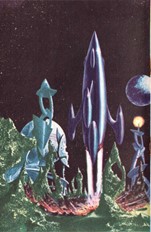
Whilst not amazing, this is also not a terrible start for this short magazine. It contains an interesting mix of fact, fiction and illustrations, and certainly achieves its aim of never looking boring.
One of the biggest problems that needs to be mentioned is the cost. Not having the backing of any major publishers and relying on fan distribution networks, the cost is 2/6 for just 63 pages. By comparison New Worlds cost 3/6 for almost triple the length. If the publication is to continue, they are going to need to work out a way to achieve the economies of scale needed to get a price point that is efficient for the consumer without compromising the ideas behind the magazine.
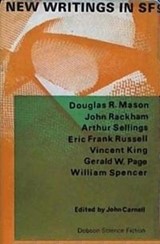
In stark contrast to Alien Worlds, New Writings stubbornly sticks to its unappealing covers, with Carnell instead concentrating on the contents. This quarter’s edition is focused on the problem of overpopulation, which seems to have become the idea of the moment. But what do Carnell’s crew make of it?
Poseidon Project by John Rackham
In this story, the best option for an overpopulated humanity’s future is to be able to live on the seabed. Much like the SEALAB experiments, a group of scientists are selected to live in an isolated habitat underwater. However, in this case it is a large and varied community for an entire year, with each of them paired off into married couples to better simulate future conditions. We follow Peter Sentry six months into the experiment, where he begins to wonder if the isolated conditions are causing psychological issues for some of those in charge.
This is quite old fashioned in its style, acting as an optimistic problem story. Each event is treated as a problem that can be resolved scientifically and a rational outlook can overcome any problem caused by humans. It is an interesting contrast to all the technophobic computer tales and apocalyptic visions of our future we are reading today.
It has one major flaw, however. For a story centered around psychology, Rackham does not fully develop his characters. They all feel like stock cliches. In particular the women characters fall far short. As such it ends up being much more of a surface level tale than it would otherwise have been with a little more depth added (puns-intended).
This could have been an interesting take on this theme, instead I will settle on giving it two stars.
Folly to Be Wise by Douglas R. Mason
Two partnered cave people, Zara and Kaalba, discover a spherical craft in the water. Inside they find a highly powerful and knowledgeable android, who Zara names Tros. Tros shares stories of humans who were able to build vast cities and travel to the stars. Zara wants to take it back to the tribe and use its knowledge, Kaalba is more wary of the android.
I found the story badly written, a cliched topic, and anti-feminist. Save yourself time and avoid it!
One star
Gifts of the Gods by Arthur Sellings
Sellings has not appeared in the New Writings anthologies before but has been in New Worlds several times, as well as being a successful author of SF novels.
In this piece, Brian Dudley and his wife Gwen have moved to the new town of Framley. In their garden Gwen finds a series of strange metal objects, shaped like skittles. After failing to turn up anything interesting in analysis he sells them to a local art dealer. More and more strange objects start appearing in town in larger and larger quantities. What could be causing these mysterious appearances?
There seems to be an interesting little subgenre appearing in the New Writings pages of late, telling of unnerving goings-on in the new towns. A kind of “Exurban Uncanny”. This is an excellent example of it, the premise is unusual enough to keep you intrigued and the end twist was a great one that I did not expect.
Four Stars
The Long Memory by William Spencer
Based in a future metropolis of ten billion people known only as the City, crime has been eliminated through the use of constant surveillance. The cost, however, is that this level of surveillance required on every citizen means that size of the records keeps increasing, and housing size is thus continually reduced as more space is made to store the recording tape of every person’s actions. Harben monitors the storage and equipment but appears to come across an underground conspiracy to destroy all the records.
There are definitely good parts to this story and the world is original. However, it also never quite feels like it elevates itself above an absurdist satire within the short word count.
Three Stars
Guardian Angel by Gerald W. Page
Returning after his excellent creepy tale in the last edition, Page gives us a tale of art and humanity.
Douglas Copeland is a very successful painter, and, like most rich people, he shares his home with a Guardian Angel, an AI known as Peter. Following the advice of Peter, Douglas has made a very successful career out of painting cogs. However, he is getting bored of the same design over and over again. When he meets a young woman named Philomene she convinces him to paint her, allowing Douglas to find a new passion in the human form. Peter, however, is not happy with this change.
This starts off well as an interesting debate on art and rationality. However, as it goes on it just fizzles out. Still, it is well written and very vivid tale.
Three Stars
Second Genesis by Eric Frank Russell

Our first reprint tale in over a year. This one, from the famed author’s back catalogue, was first published in Blue Book in 1952 and then reprinted in his first collection, Deep Space. Neither has been available for some time so this will be many people’s first reading of it. Unfortunately, there may be good reason it has been largely forgotten.
Arthur Jerrold is to take part in a space voyage around the solar system that will take him mere moments, but two thousand years will pass outside. If he survives the journey, he is to return to wherever humans are in the solar system so they can collect the results of the experiment. However, that may be harder than he realized.
You can probably guess where this is going. It is such an old cliché some editors have included it on lists of stories they will not accept. It is fairly told but nothing special.
Two Stars
Defence Mechanism by Vincent King
Finally New Writings has brought in a new writer!
To the best of my knowledge this is Vincent King’s first published work and, based on this, I very much hope it is not his last.
In the City, society has broken down into a series of small family tribes. They fight each other through the Corridors (common nouns referring to places are sometimes capitalized and sometimes not, I cannot quite work out the pattern) for territory and resources. At the same time, they have to deal with threats from Aliens coming in from the lower Levels and the Green beyond the Edge.
Our unnamed narrator has heard Aliens are coming back so organizes a hunt to track them down. Enroute, he encounters a tribe of Dwarfs (they seem to be just shorter people but this is how our narrator refers to them). The two groups discover that they are both suffering from issues of inbreeding and agree to women mating between the tribes. As the hunt continues it goes to areas beyond the order of the standard Corridors and our narrator is the only one willing to travel onward. In doing so he will discover the truth behind the City and the Aliens.
This is a story that is in the telling. Many of the revelations I had expected but, by putting it through our narrator’s perspective, it allowed me to explore a fantastical world and come to interesting conclusions. It ends up falling halfway between a "Dying Earth" style adventure and Pohl-esque satire. My favorite story in the collection and one that will stick with me for a while.
Five Stars
Summing up
Overall, this is a pretty good edition of the anthology with both a four and a five-star story and only a couple of shorter pieces being poor. The biggest issue is a certain level of chauvinism in some of the writing, which is probably not aided by some of Carnell’s introduction and the lack of any women authors in the series so far.

Between these two publications they have more good than bad in them, continuing to show there is new life in British Science Fiction yet.
Tune in to KGJ, our radio station! Nothing but the newest and best hits!

![[September 4, 1966] British Science Fiction Lives! (Alien Worlds #1 & New Writings in SF #9)](https://galacticjourney.org/wp-content/uploads/2021/08/Featured-Image.jpg)


![[June 26, 1966] Justice League of Britain (New British Superhero Comics)](https://galacticjourney.org/wp-content/uploads/2021/06/Superhero-Cover-Image-672x355.jpg)




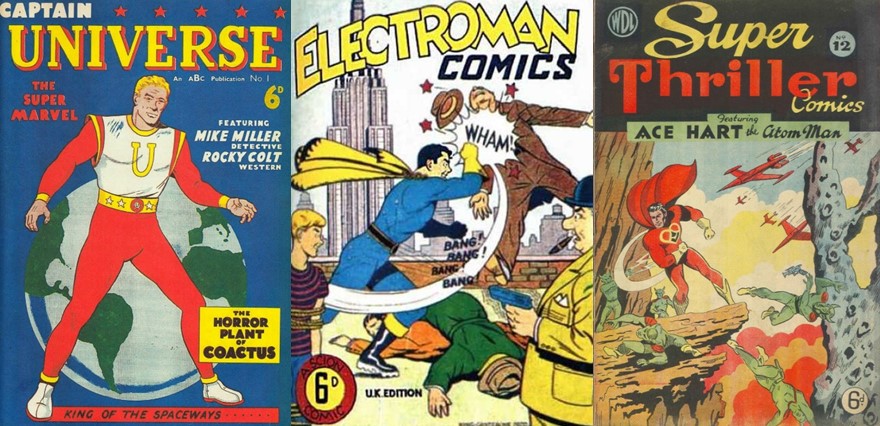



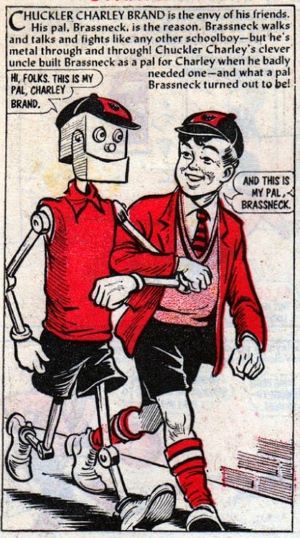
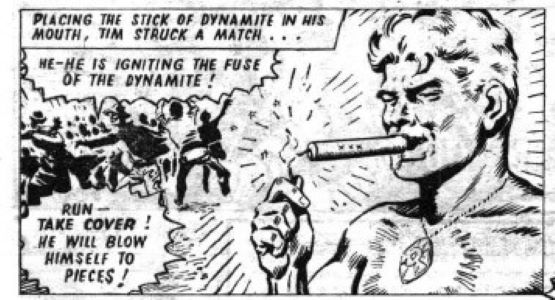

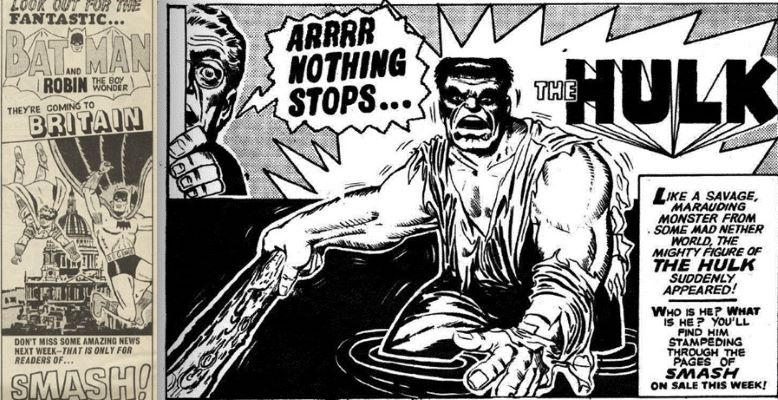
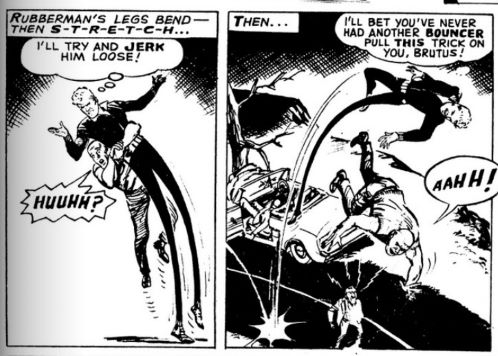
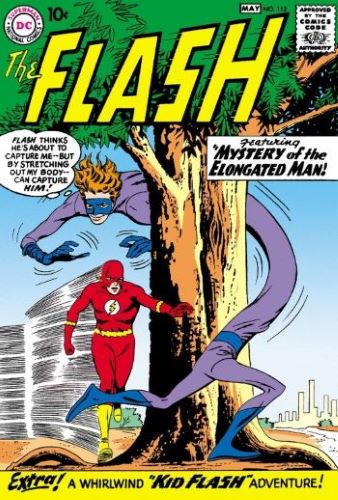
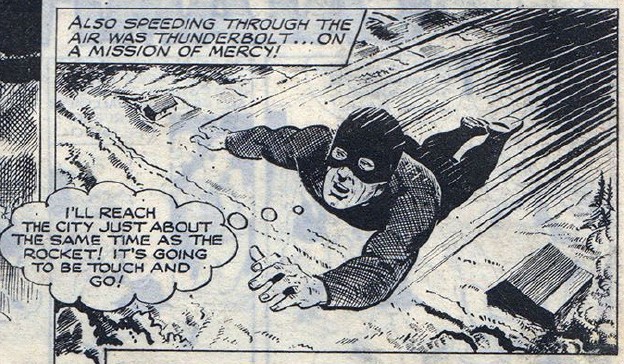

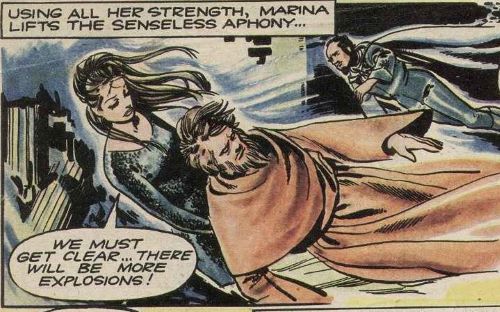
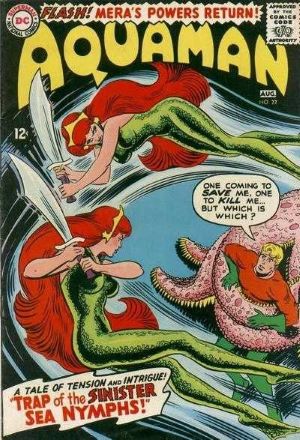
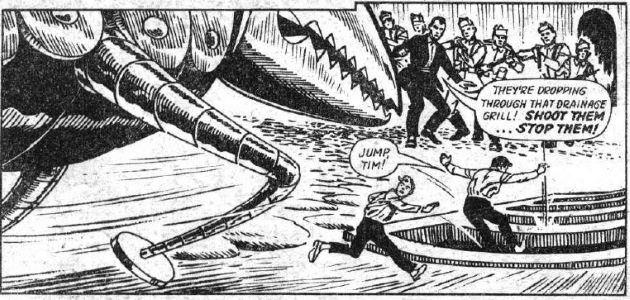
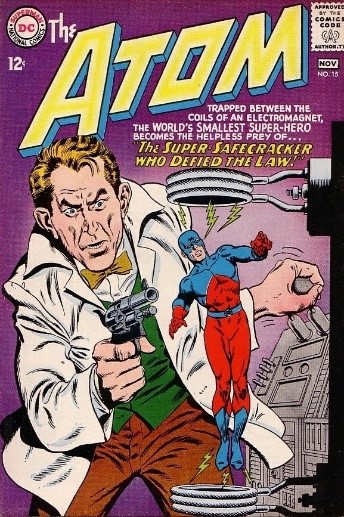
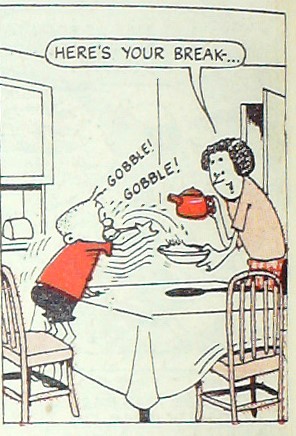
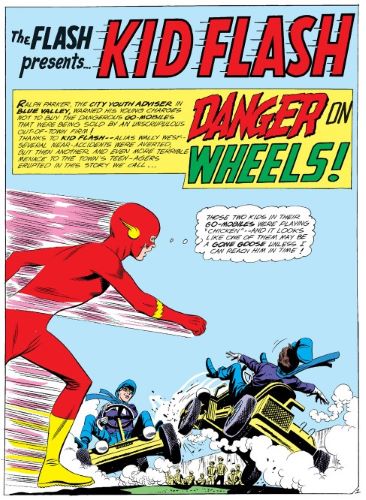

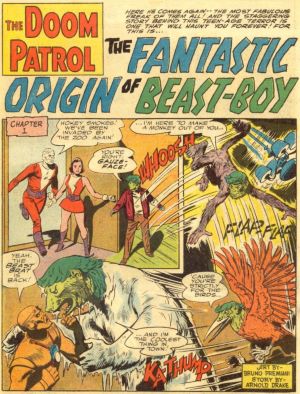
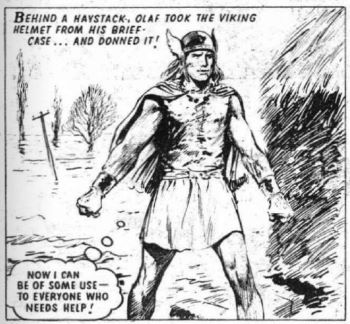
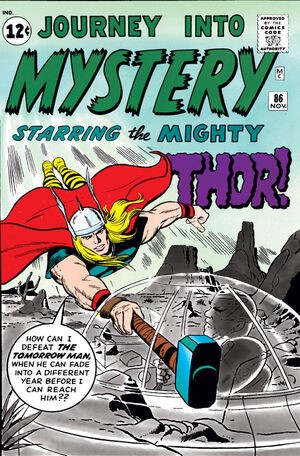

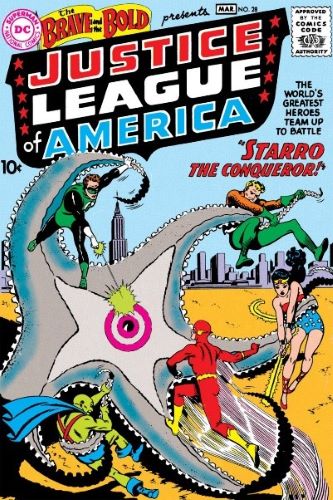
![[June 12, 1966] Which Way to Outer Space? (New Writings In SF 8)](https://galacticjourney.org/wp-content/uploads/2021/05/New-Writings-in-SF8-Cover-259x372.jpg)



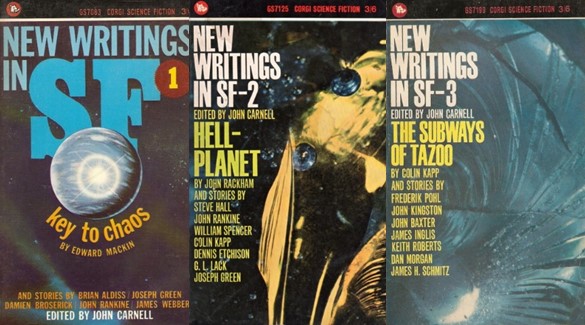
![[May 12, 1966] Equal & Opposite Reaction (<i>The Symmetrians</i>)](https://galacticjourney.org/wp-content/uploads/2021/05/Sym5a.jpg)



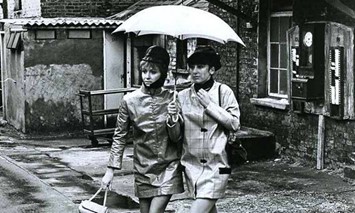

![[May 6, 1966] Blaise-ing Wreckage (<i>Modesty Blaise</i>)](https://galacticjourney.org/wp-content/uploads/2021/04/MB16.jpg)
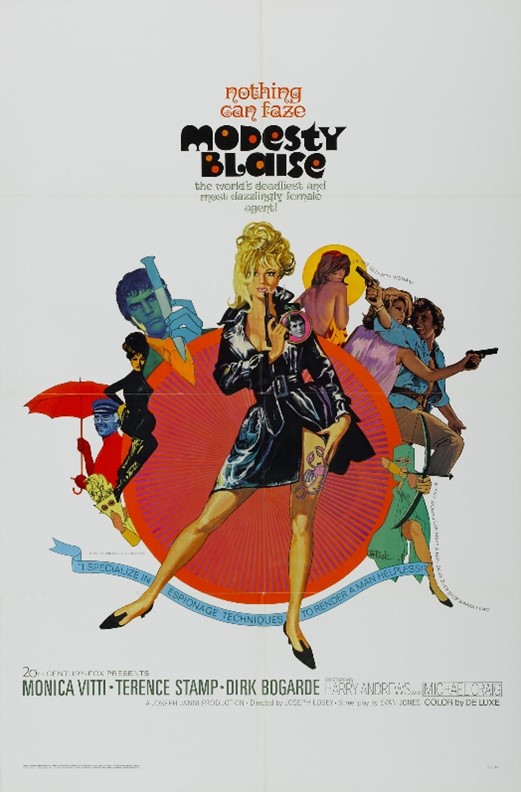

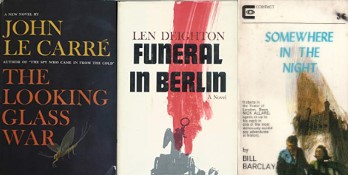




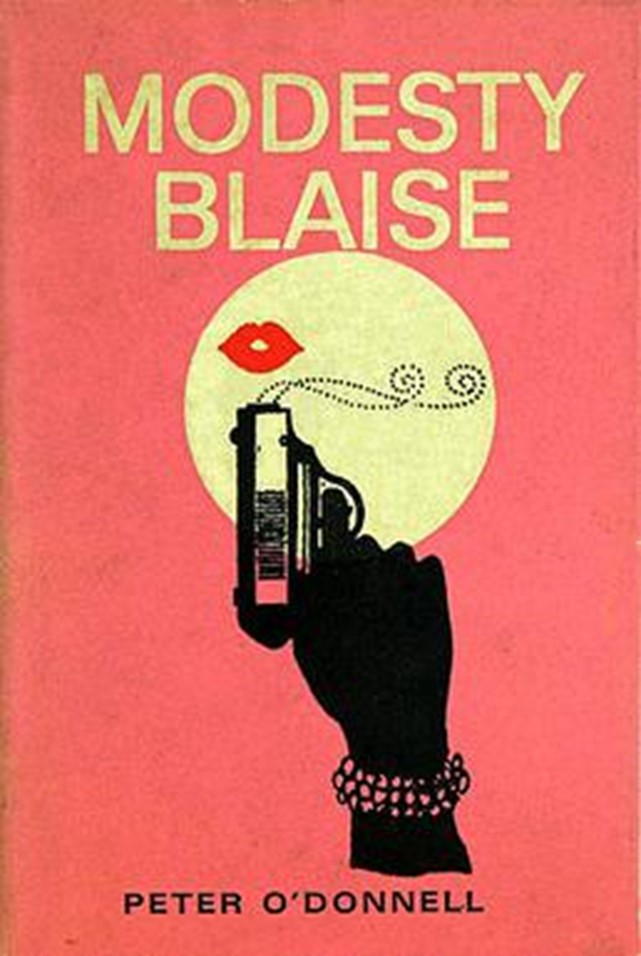
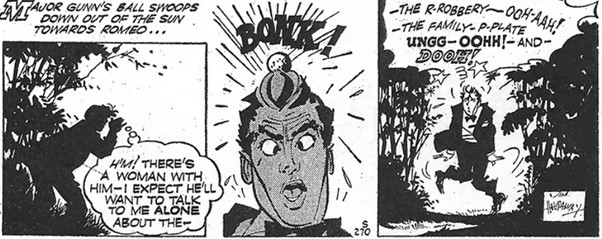

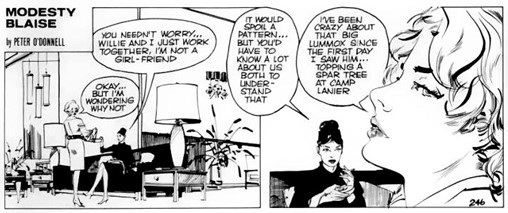


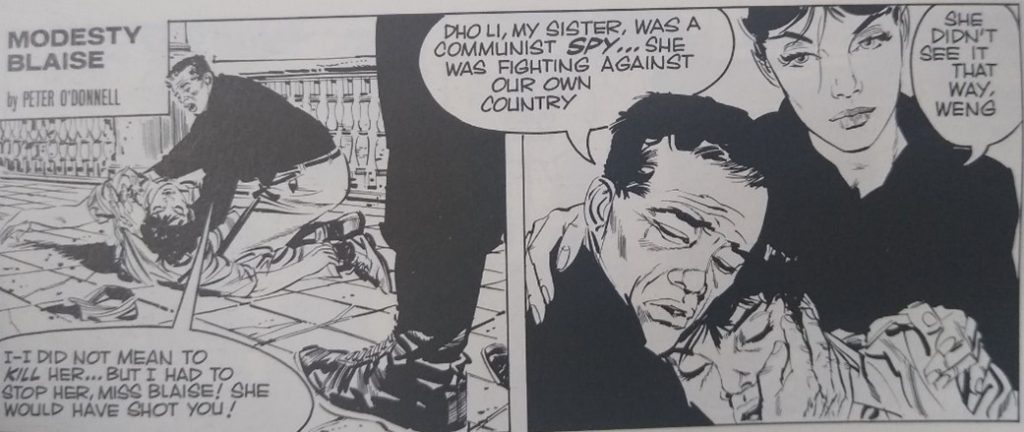








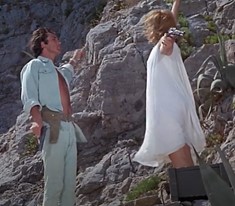
![[April 14, 1966] A New & Clear Bombshell (<i>The War Game</i>)](https://galacticjourney.org/wp-content/uploads/2021/03/War-Game-1a.jpg)



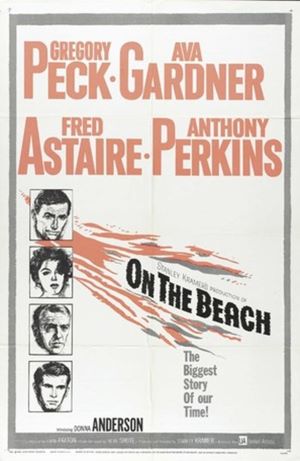



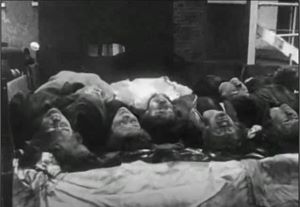

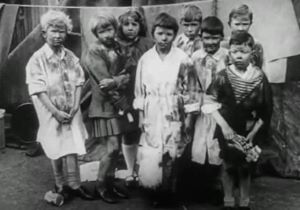


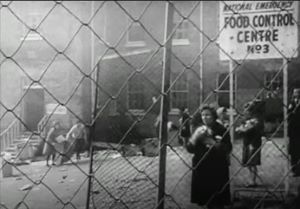

![[March 20, 1966] Two of A Kind (March Galactoscope #2)](https://galacticjourney.org/wp-content/uploads/2021/03/Books.jpg)



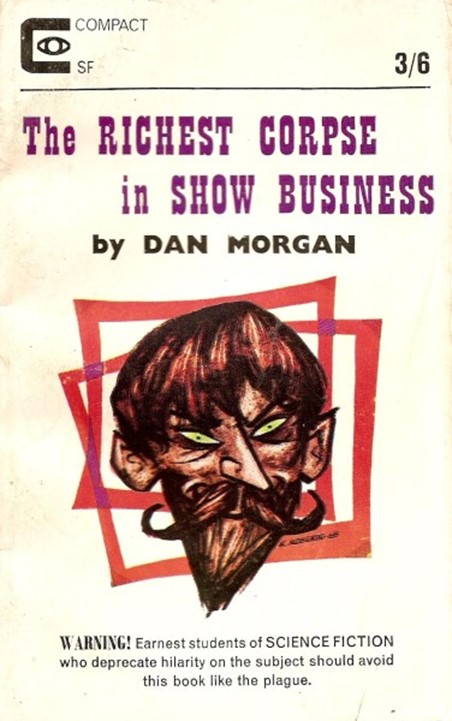





![[March 16, 1966] Sometimes Older is not Better (<i>Mystery and Imagination</i>)](https://galacticjourney.org/wp-content/uploads/2021/03/MI-Titles-672x372.jpg)


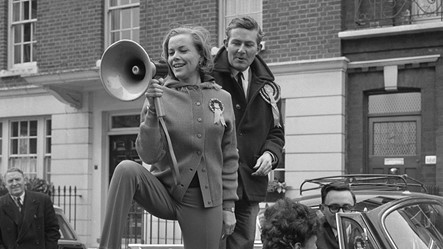
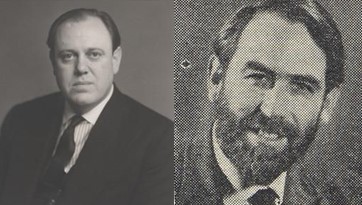
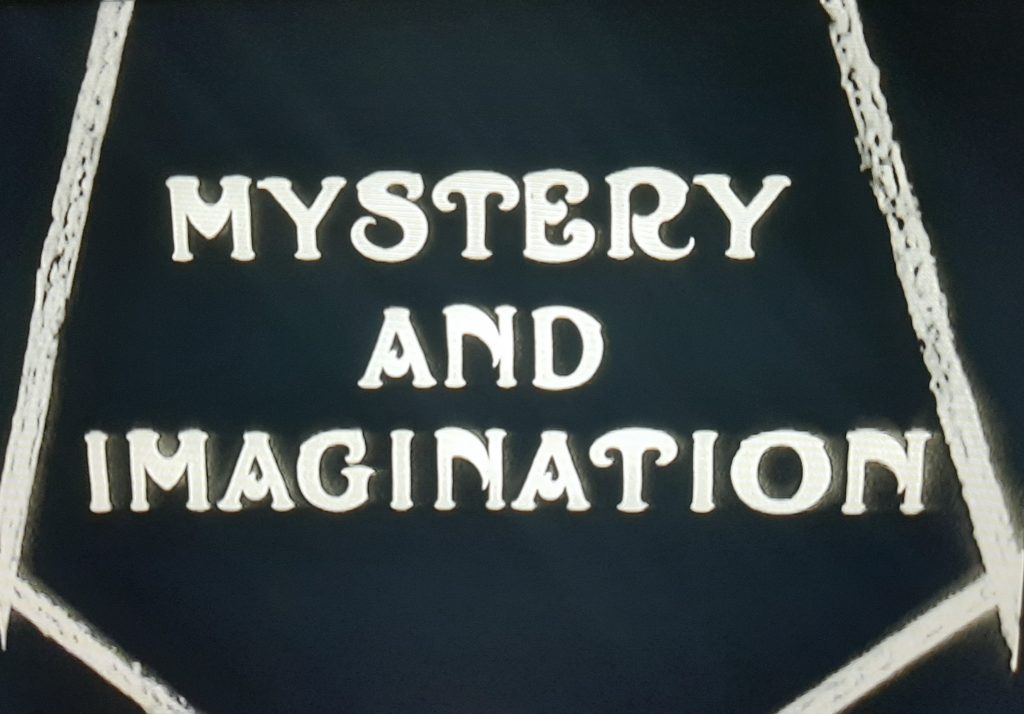
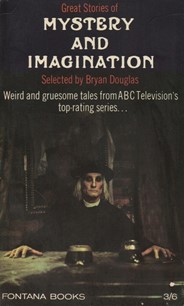
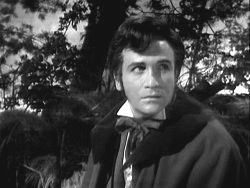
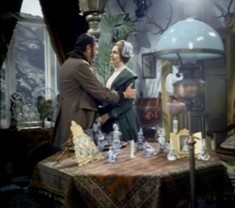



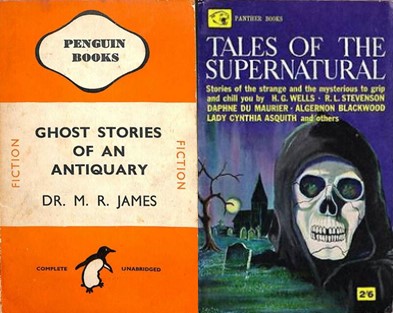
![[February 20, 1966] An Embarrassment of Riches (February Galactoscope #2)](https://galacticjourney.org/wp-content/uploads/2021/02/Montage-Image.jpg)

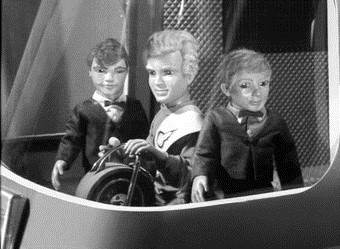






![[January 18, 1966] New Discoveries of the Old (<i>Out of the Unknown</i>)](https://galacticjourney.org/wp-content/uploads/2021/01/Out-of-the-Unknown-Titles.jpg)


